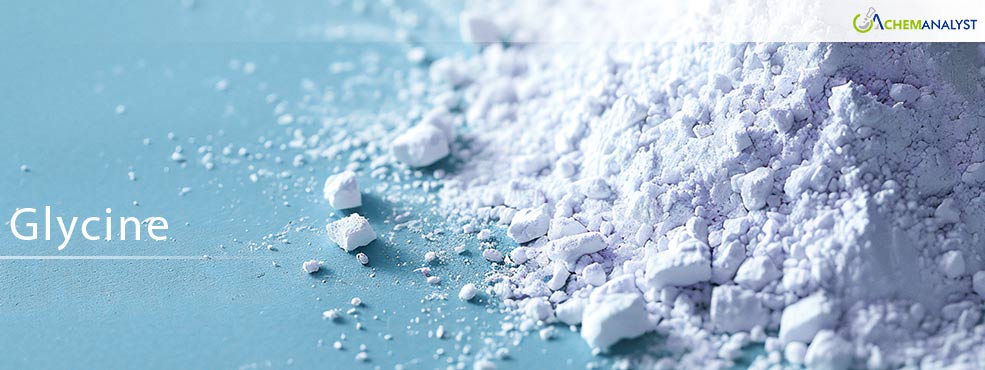Glycine Market Faces Sustained Price Surge as Q1-2025 begins
- 14-Feb-2025 6:30 PM
- Journalist: Rene Swann
The global glycine market has experienced a significant price uptick throughout January, with industry experts forecasting this upward trajectory to persist in the coming months. The essential amino acid, widely used in pharmaceutical, food, and feed applications, has seen price increases in major markets worldwide, putting pressure on downstream industries.
Market data indicates that glycine prices have reached USD 1995 per metric ton in the US market, marking a substantial increase from December's price of USD 1870 per metric ton. Similar to this the Asian market has witnessed even steeper rises, representing an unprecedented month-over-month increase. Industry analysts attribute this sharp glycine price escalation to several concurrent factors such as a perfect storm of supply chain disruptions, increased production costs, and growing demand from pharmaceutical and nutraceutical sectors.
The pharmaceutical sector, which relies heavily on glycine as a key ingredient in various formulations, has been particularly affected by these price increases. Several major pharmaceutical manufacturers have reported concerns about the impact on their production costs and potential effects on consumer pricing on glycine prices. The food and beverage industry, another significant consumer of glycine, is also grappling with higher input costs, potentially leading to price adjustments in end products.
Looking ahead, market experts predict the upward price trend will continue through at least the second quarter of 2025. The combination of ongoing production constraints, rising energy costs, and robust demand from emerging markets indicates no immediate relief in sight."
Adding to the market pressure is the increasing demand for glycine in new applications, particularly in the growing plant-based protein sector and specialty pet foods. This diversification of demand has created additional strain on an already tight supply situation. Furthermore, logistics challenges and improved transportation costs continue to impact the global supply chain, contributing to the overall price inflation after the Chinese Lunar New Year ends. This was a result of a gradual rebound in the downstream market dynamics with traders actively focused on clearing their glycine inventories at higher prices and focused on newer procurements.
As a result, Industry stakeholders are actively seeking alternatives and implementing various strategies to mitigate the impact of rising glycine prices. Some manufacturers are exploring long-term supply contracts, while others are investigating alternative amino acid combinations for their formulations. However, the unique properties of glycine make it difficult to substitute in many applications.
Market participants are advised to closely monitor developments in the glycine market and prepare for continued price volatility. The situation underscores the need for diversified supply chains and potential investment in alternative production regions to ensure long-term market stability.



